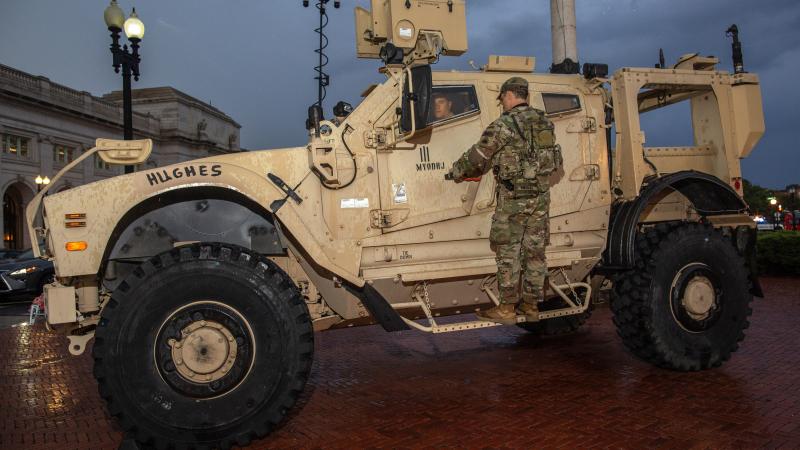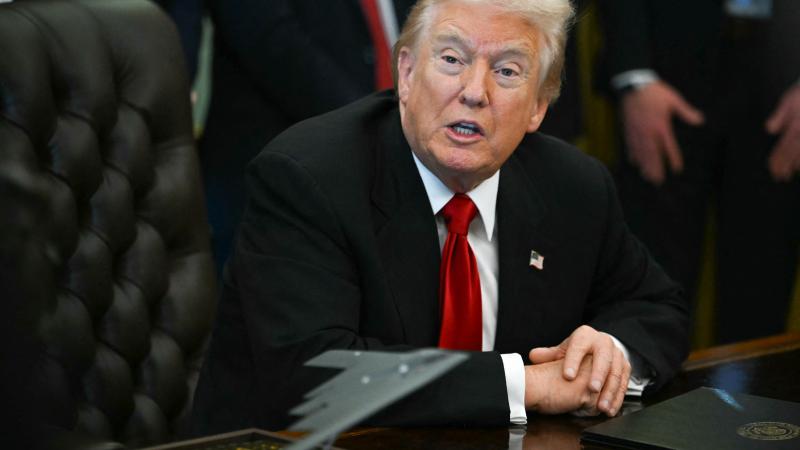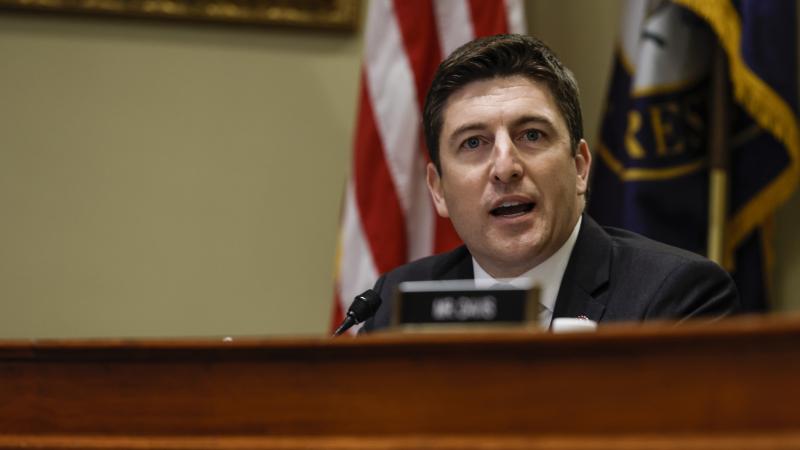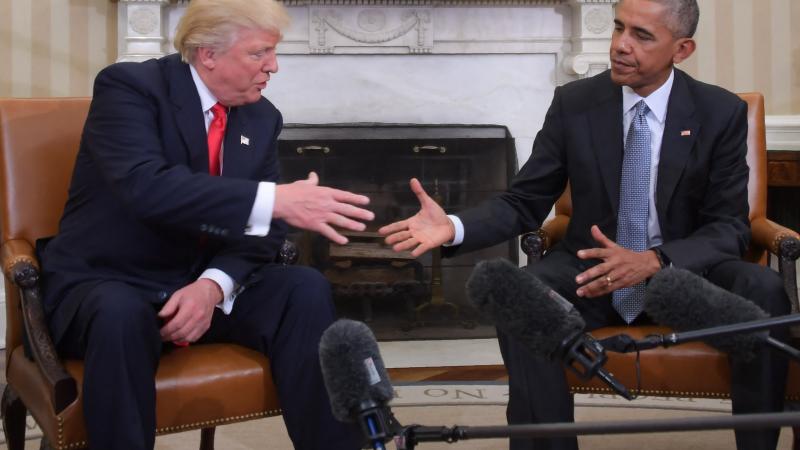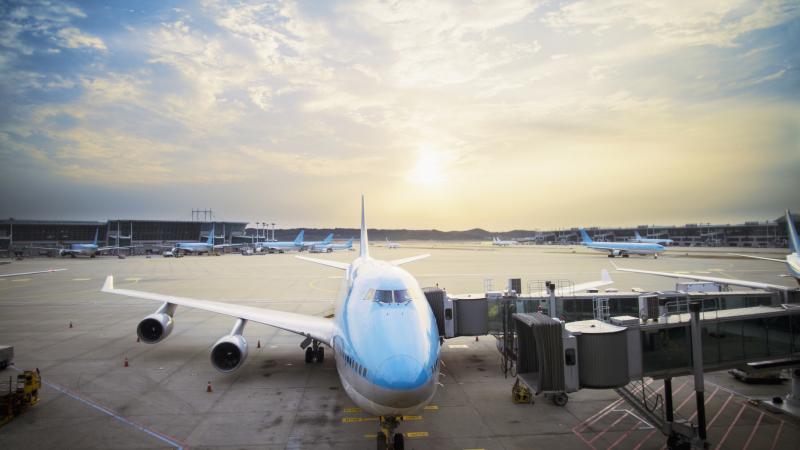Top general shares how US used B-2 bombers to retain 'element of surprise' ahead of Iran attack
“Iran’s fighters did not fly, and it appears that Iran’s surface-to-air missile systems did not see us throughout the mission," Caine says
The U.S. deployed seven B-2 stealth bombers ahead of the attack against Iranian nuclear sites, which Iran’s military didn't respond to, according to Chairman of the Joint Chiefs of Staff Dan Caine on Sunday.
The operation, called “Midnight Hammer,” included a “main strike package comprised of seven B-2 Spirit bombers” that flew 18 hours from the U.S. mainland to Iran with several aerial refuelings.
"As part of the plan to maintain tactical surprise, part of the package proceeded to the West and into the Pacific as a decoy, a deception effort known only to an extremely small number of planners and key leaders here in Washington and in Tampa. The main strike package, comprised of seven B2 Spirit bombers, each with two crew members, proceeded quietly to the East with minimal communications," Caine said at a news conference on Sunday.
"Throughout the 18-hour flight into the target area, the aircraft completed multiple in-flight refuelings. Once over land, the B-2s linked up with escort and support aircraft in a complex, tightly timed maneuver requiring exact synchronization across multiple platforms in a narrow piece of airspace, all done with minimal communications. This type of integration is exactly what our joint force does better than anyone else in the world," he added.
Caine said that “Iran’s fighters did not fly, and it appears that Iran’s surface-to-air missile systems did not see us throughout the mission."
"We retained the element of surprise,” he said.


